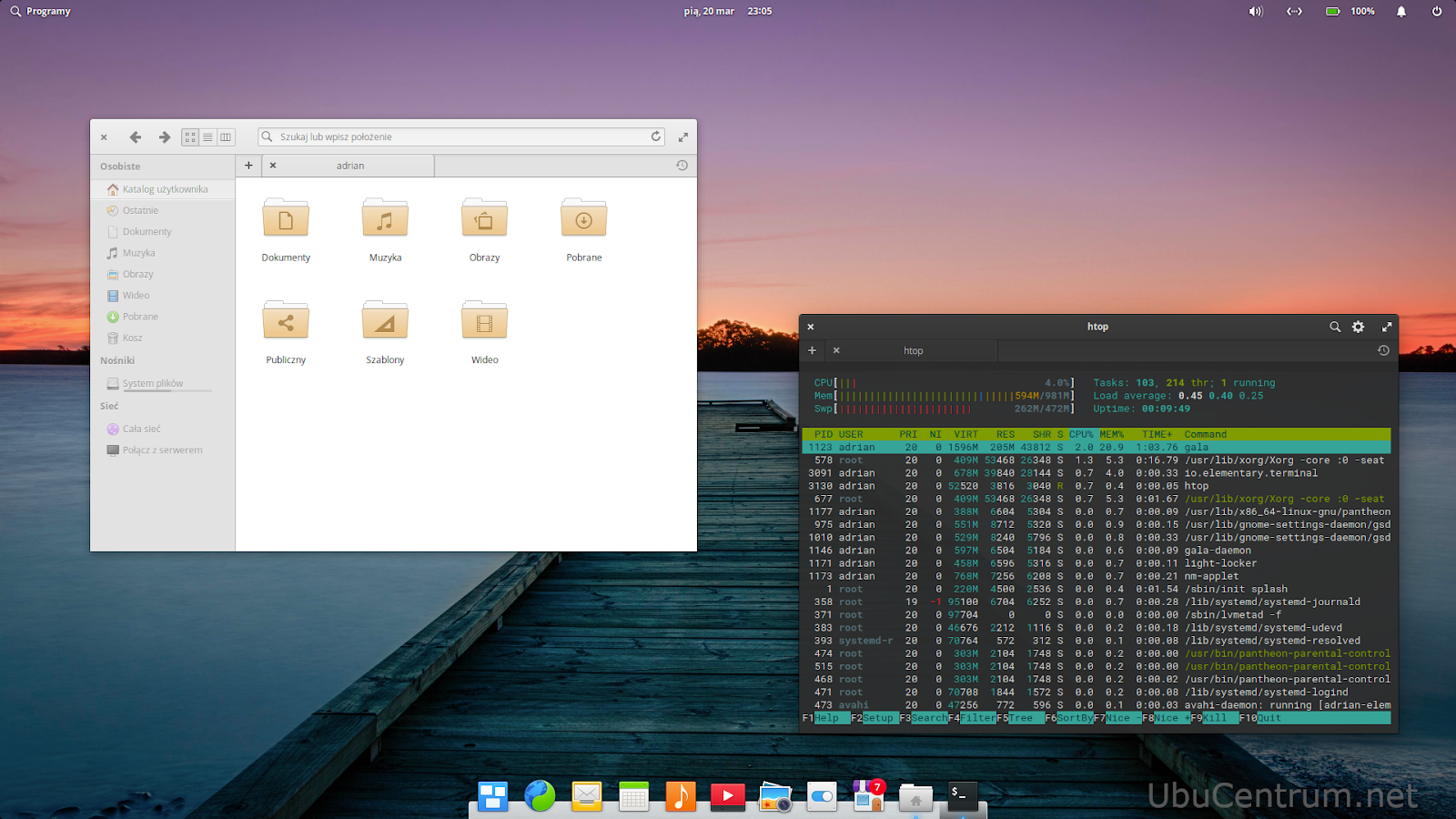

- #Keepassxc elementary os install#
- #Keepassxc elementary os full#
Debian based – Debian, Ubuntu, Linux Mint, Elementary OS, etc (supports apt). RedHat based – Fedora, RedHat, Cent OS, etc (supports dnf and yum). Installer can be used on the following distribution types: RUN installer from Releases page and execute it in a terminal window: sudo sh. Run the following commands in a terminal window: sudo apt-add-repository -y ppa:teejee2008/ppaĭEB and RUN packages are available on Releases page for older Ubuntu releases which have reached end-of-life. Packages are available in the Launchpad PPA for supported Ubuntu releases. Note: It is not recommended to include user data in backups as it will be overwritten when you restore the snapshot. These folders contain user-specific config files and can be included in snapshots if required. hidden files and directories in your home folder. Selecting the option “ Include hidden items” from the Users tab will backup and restore the. You can selectively include items for backup from the Settings window. Your music and video collection in your home directory will not waste space on the backup device. You don’t need to worry about your documents getting overwritten when you restore a previous snapshot to recover the system. Entire contents of users’ home directories are excluded by default. It is NOT a backup tool and is not meant to protect user data. Timeshift is designed to protect system files and settings. BTRFS snapshots can be created and restored in seconds, and have very low overhead in terms of disk space. BTRFS snapshots are perfect byte-for-byte copies of the system. It is strongly recommended to use BTRFS snapshots on systems that are installed on BTRFS partition. Supports BTRFS snapshots on BTRFS systems. Supports rsync snapshots on all systems. Boot snapshots are created with a delay of 10 mins so that system startup is not affected. Boot snapshots provide an additional level of backup and are created every time the system starts. Number of snapshots to retain can be specified for each level. Multiple levels of snapshots can be enabled – Hourly, Daily, Weekly, Monthly and Boot. For best results the snapshots should be saved to an external (non-system) partition. Other linux partitions can also be selected. Snapshots are saved by default on the system (root) partition in path /timeshift. 
The backup levels can be selected from the Settings window. Cron job can be enabled for taking automatic snapshots of the system at regular intervals.
#Keepassxc elementary os install#
Just install it, run it for the first time and take the first snapshot. Scheduling snapshots at a fixed time on such users will result in missed backups since the system may not be running when the snapshot is scheduled to run.īy running once every hour and creating snapshots when due, Timeshift ensures that backups are not missed. This is more suitable for desktop users who keep their laptops and desktops switched on for few hours daily. Unlike similar tools that are scheduled to take backups at a fixed time of the day, Timeshift is designed to run once every hour and take snapshots only when a snapshot is due. If you need a tool to backup your documents and files please take a look at the excellent BackInTime application which is more configurable and provides options for saving user files. This ensures that your files remains unchanged when you restore your system to an earlier date. User files such as documents, pictures and music are excluded. It is designed to protect only system files and settings. Timeshift is similar to applications like rsnapshot, BackInTime and TimeVault but with different goals.
#Keepassxc elementary os full#
Each snapshot is a full system backup that can be browsed with a file manager. Common files are shared between snapshots which saves disk space. In RSYNC mode, snapshots are taken using rsync and hard-links. Snapshots can be restored while system is running or from Live CD/USB. Supports scheduled snapshots, multiple backup levels, and exclude filters.

Creates filesystem snapshots using rsync+hardlinks, or BTRFS snapshots.







 0 kommentar(er)
0 kommentar(er)
